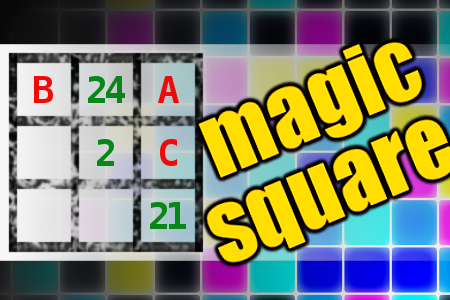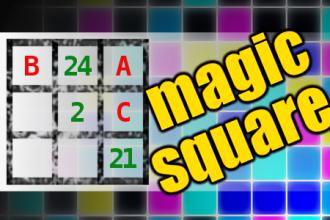MAGIC SQUARE: Calculate A-B-C
The aim is to place the some numbers from the list (2, 5, 8, 21, 24, 27, 37, 40, 43, 98) into the empty squares and squares marked with A, B an C. Sum of each row and column should be equal. All the numbers of the magic square must be different. Find values for A, B, and C. Solution is A-B-C.Correct answers: 1
#brainteasers #math #magicsquare

A little boy was sitting outsi...
A little boy was sitting outside a store eating one snickers candy bar after another, when an older man walked up and said: "You shouldn't be eating so much candy, it'll rot your teeth, it's just bad for you to eat so much candy."
The little boy looked up and said: "My grandfather lived to be 95 years old."
The older man asked: "Oh? by eating snickers candy bars?"
The little boy said: "No... by minding his own business."
The little boy looked up and said: "My grandfather lived to be 95 years old."
The older man asked: "Oh? by eating snickers candy bars?"
The little boy said: "No... by minding his own business."

